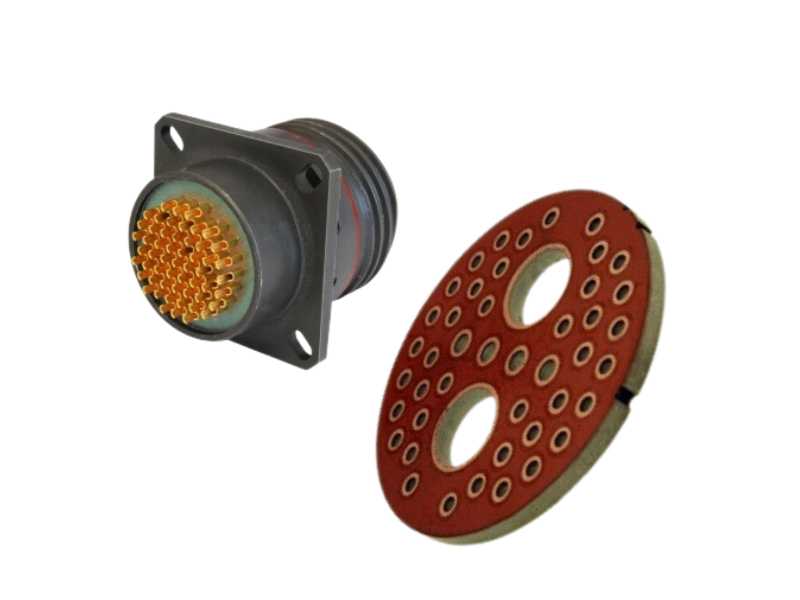“Counterfeiters take advantage of people who are in a hurry and looking for quick answers. Take some time to understand what’s going on—and to look for solutions that don’t require making a risky buy from an unknown supplier,” reports EPS News.
One of the best ways to understand what’s going on is to understand the full range of counterfeit standards. “Buyers need to educate themselves about the scope and focus of these different standards. There are currently more than two dozen that address various industries and areas of the supply chain.
Last year ERAI reported a total of 768 suspect counterfeit and nonconforming parts showing a marked increase over the last three years. From 2021 to 2022, there was an increase of 35% in the number of reported parts despite global semiconductor sales remaining flat during the same time period. Factors that may have contributed to the increase include a return to pre-Covid operations for many companies and the reopening of supply chains globally.

What types of electronics are commonly counterfeited?
ERAI says, “In 2022 we can see that the distribution of the components most commonly counterfeited remained unchanged compared to the last 5 and 10 years with analog ICs, programmable logic ICs and microprocessor ICs remaining the most targeted component types and accounting for more than a half of all reported component types. It also appears that the spike in capacitor counterfeiting observed during the last 5 years has ended as in 2022 the numbers of reported capacitors has returned to pre-spike levels.
To avoid electronics supply-chain disruptions, you may also wish to consult an expert in electronics component supply. With more than three decades of supply-chain expertise, Astute Electronics is ideally placed to work with you on your daily component requirements.
For more help with looking at supply chain options, contact Astute Electronics






